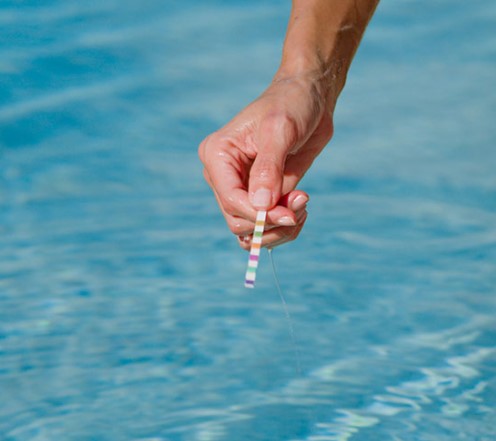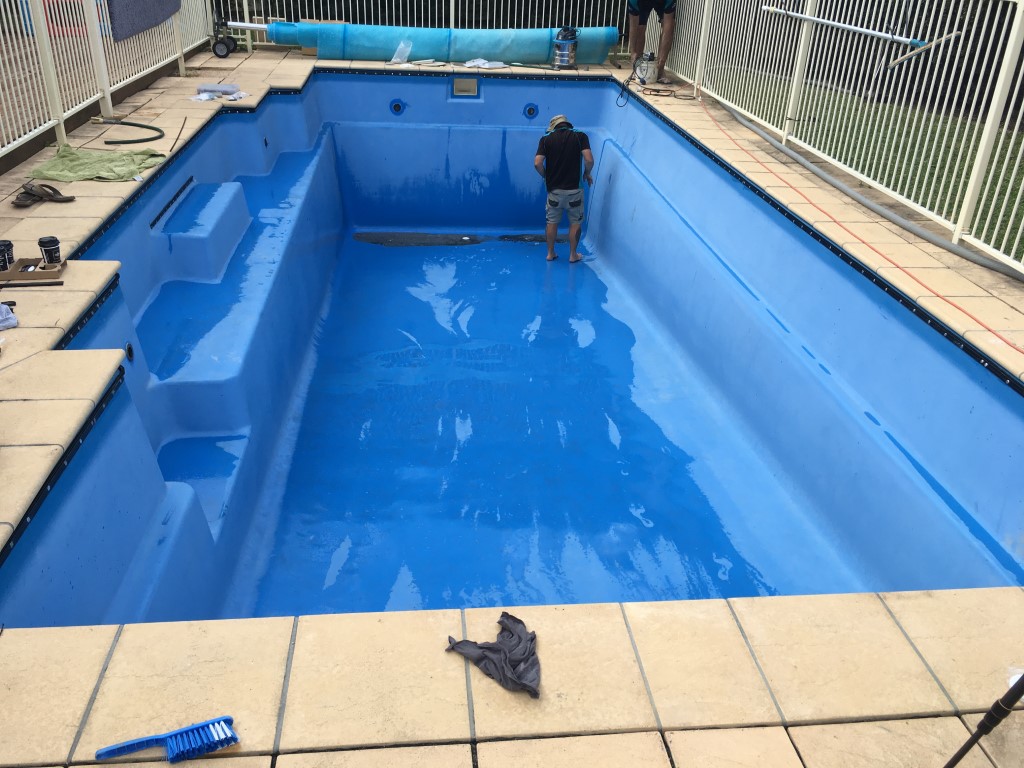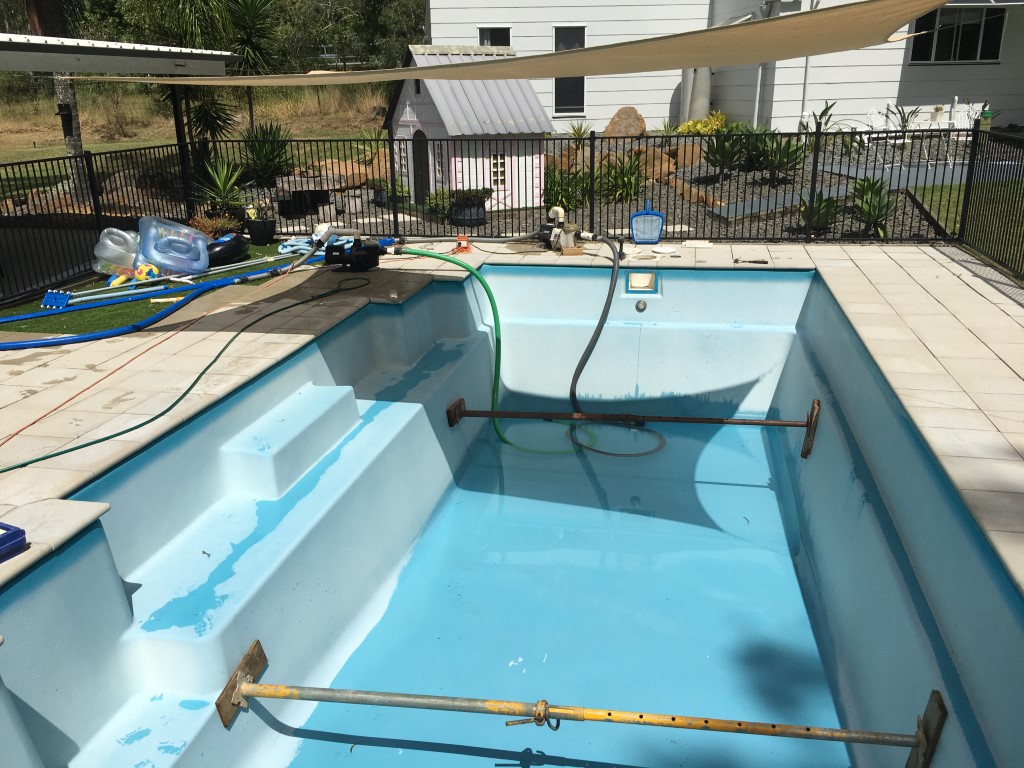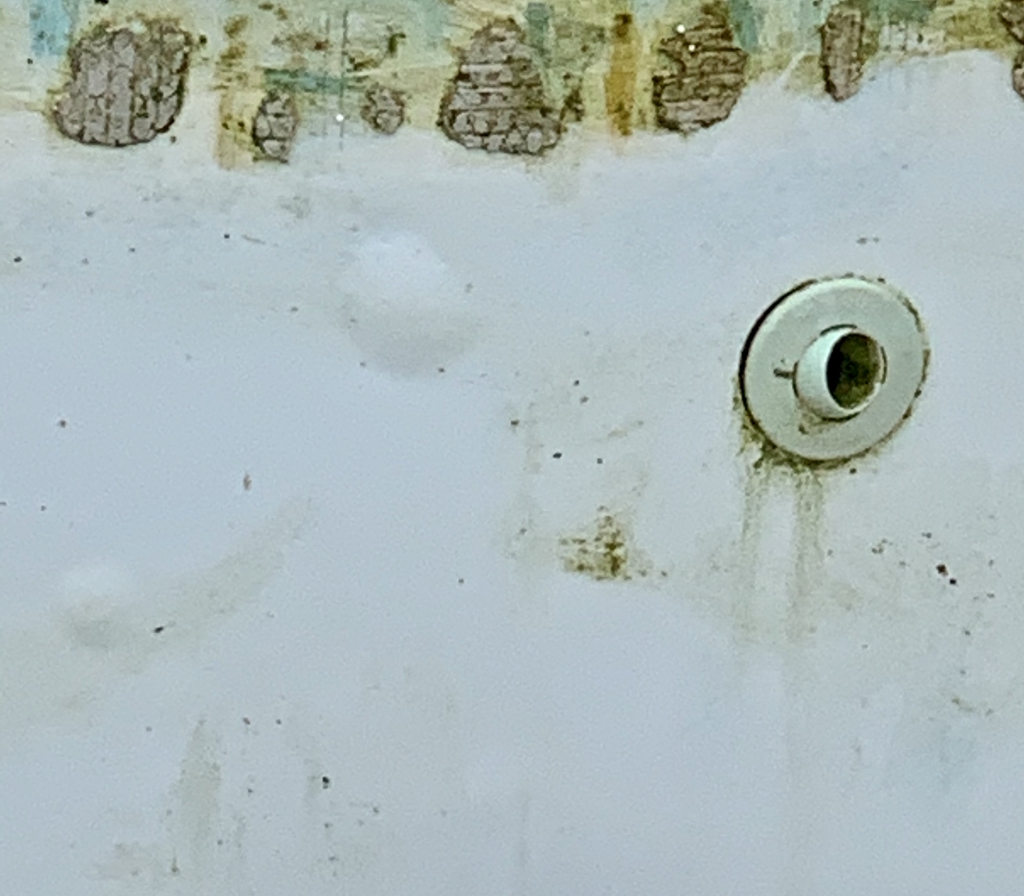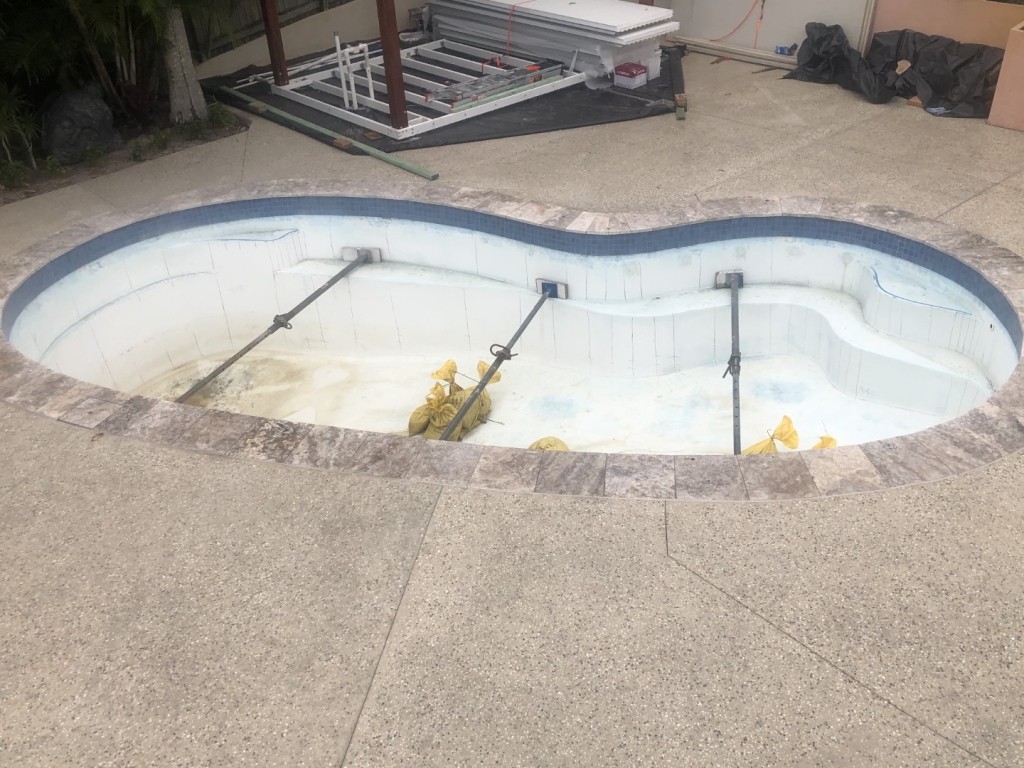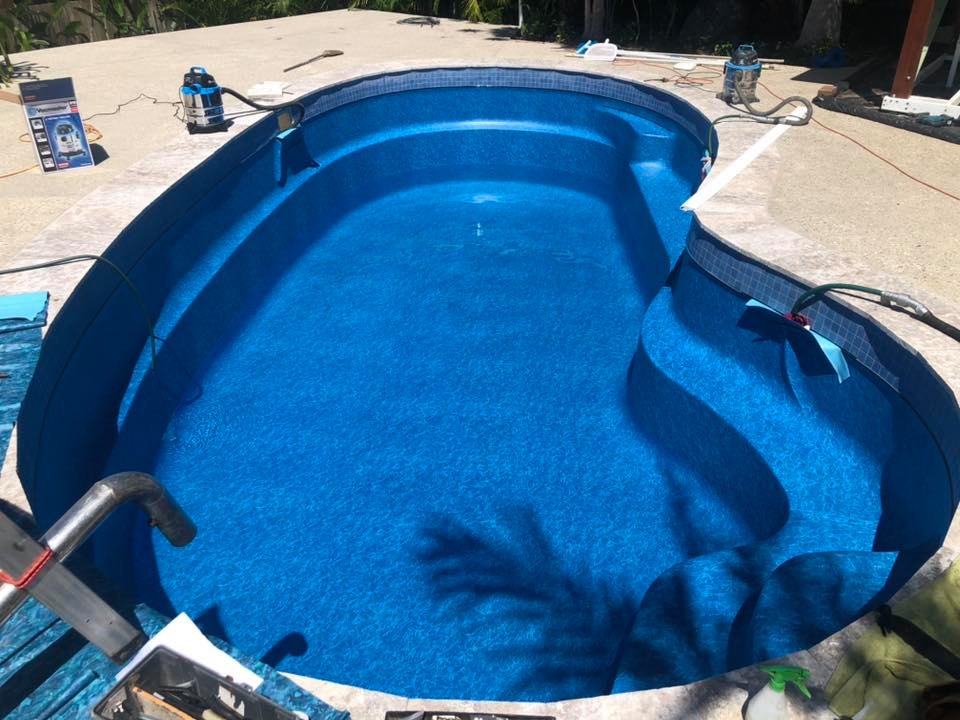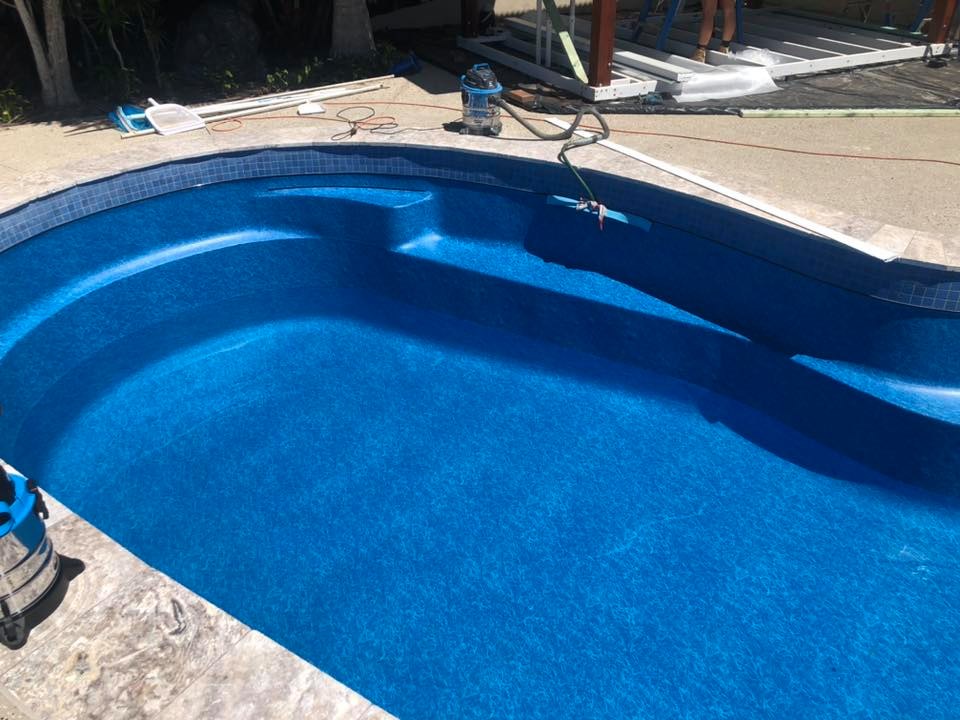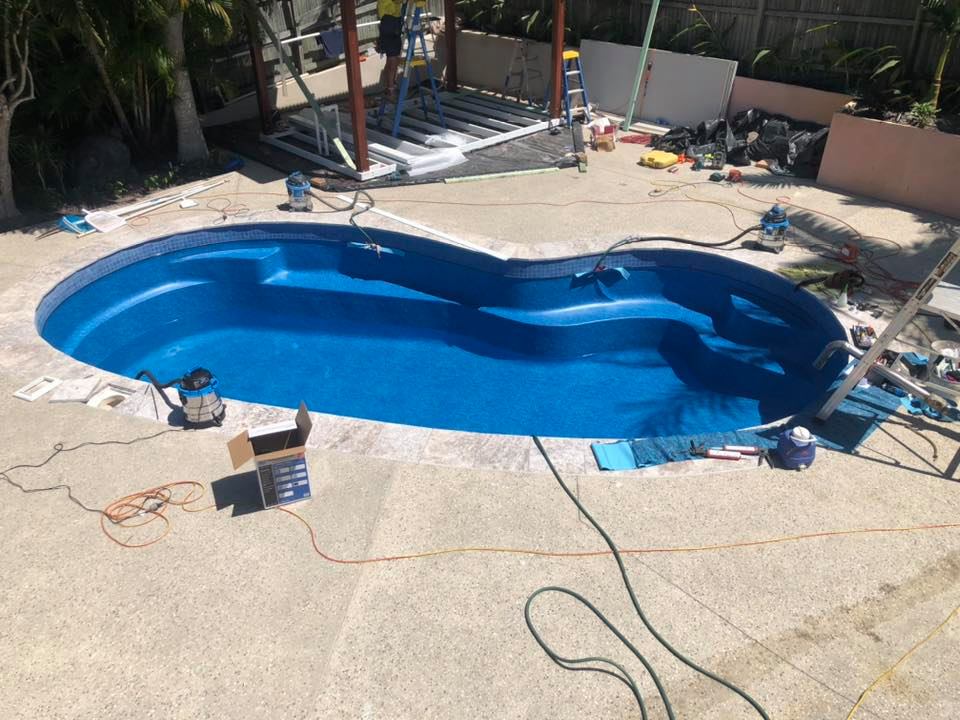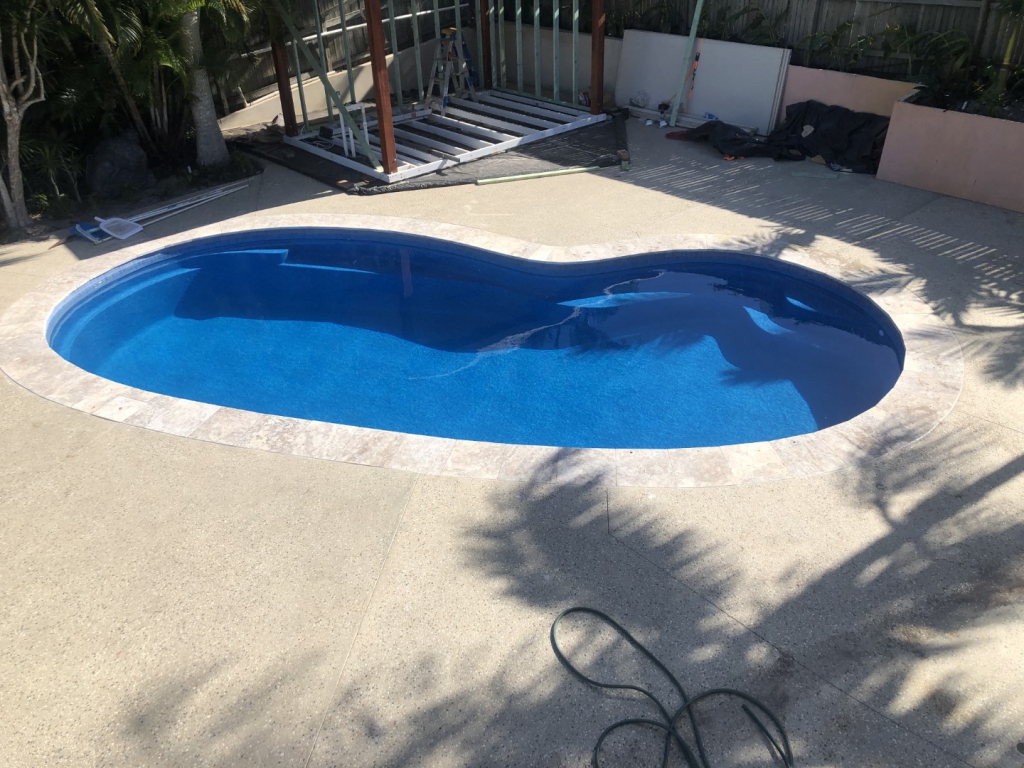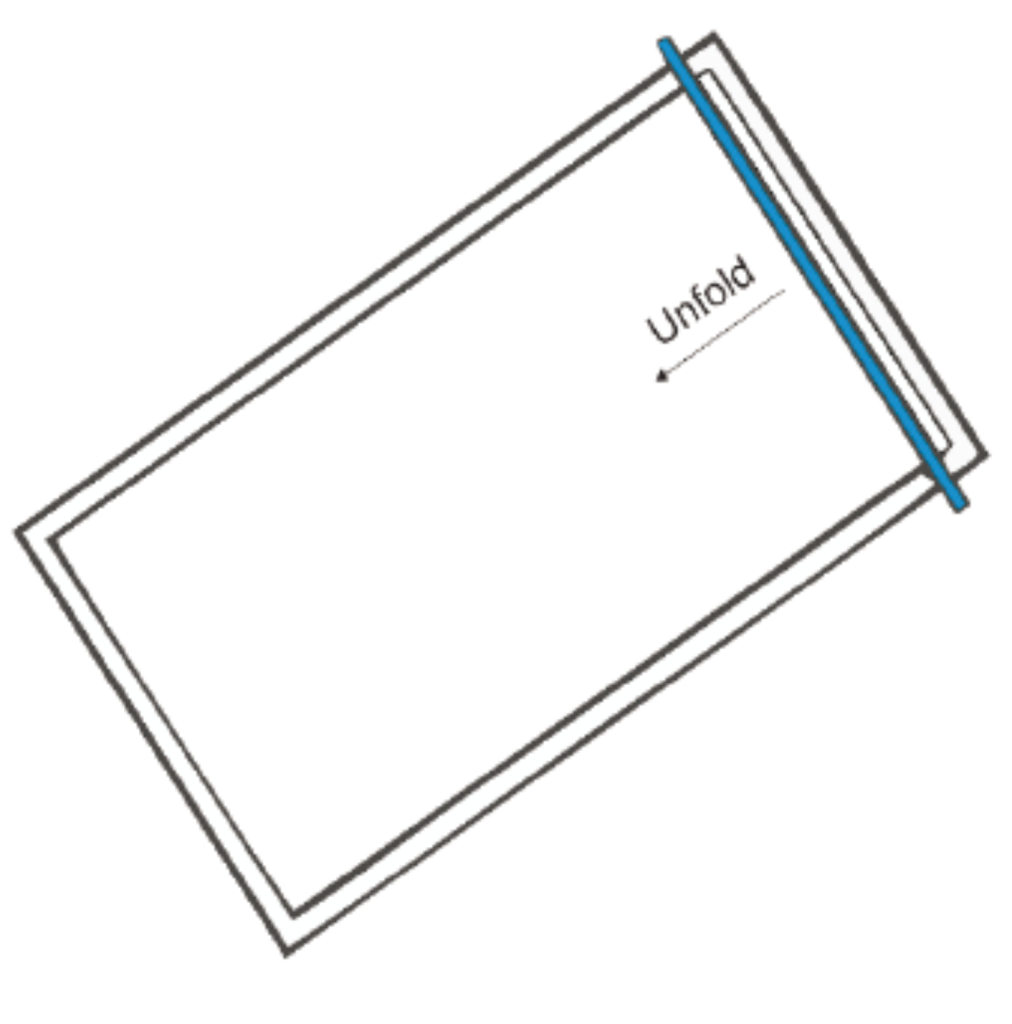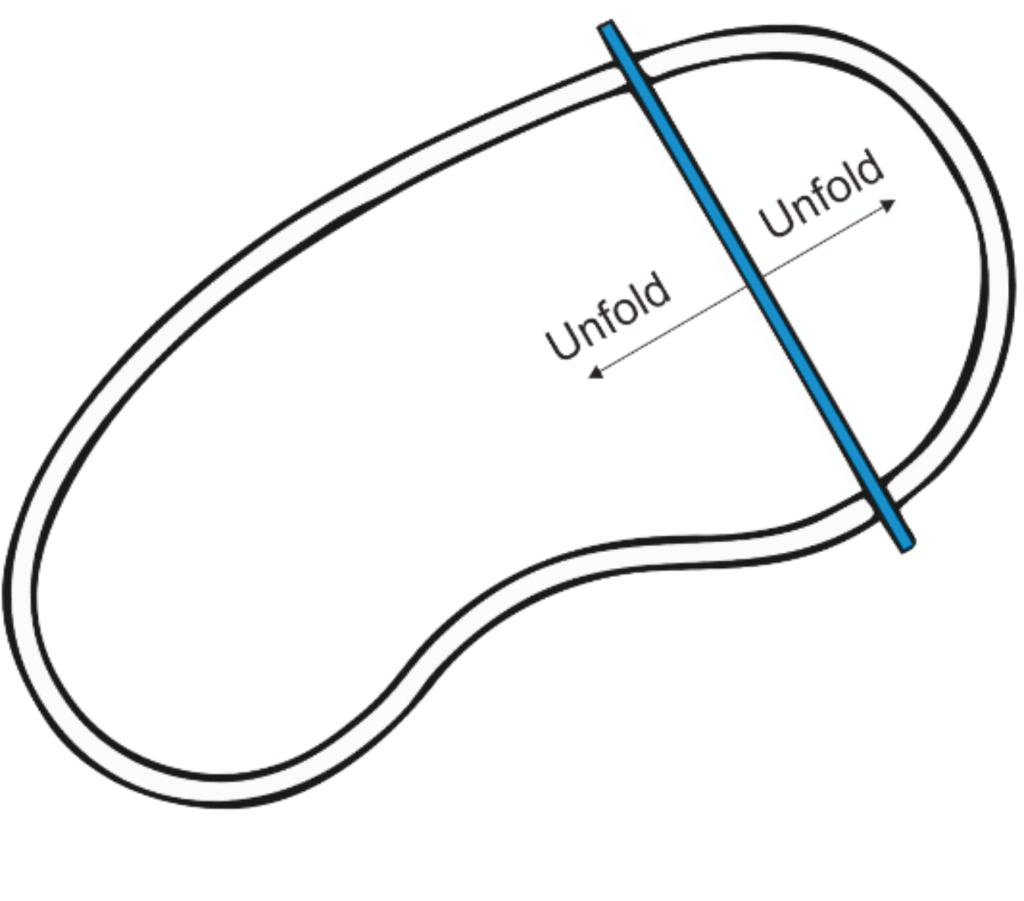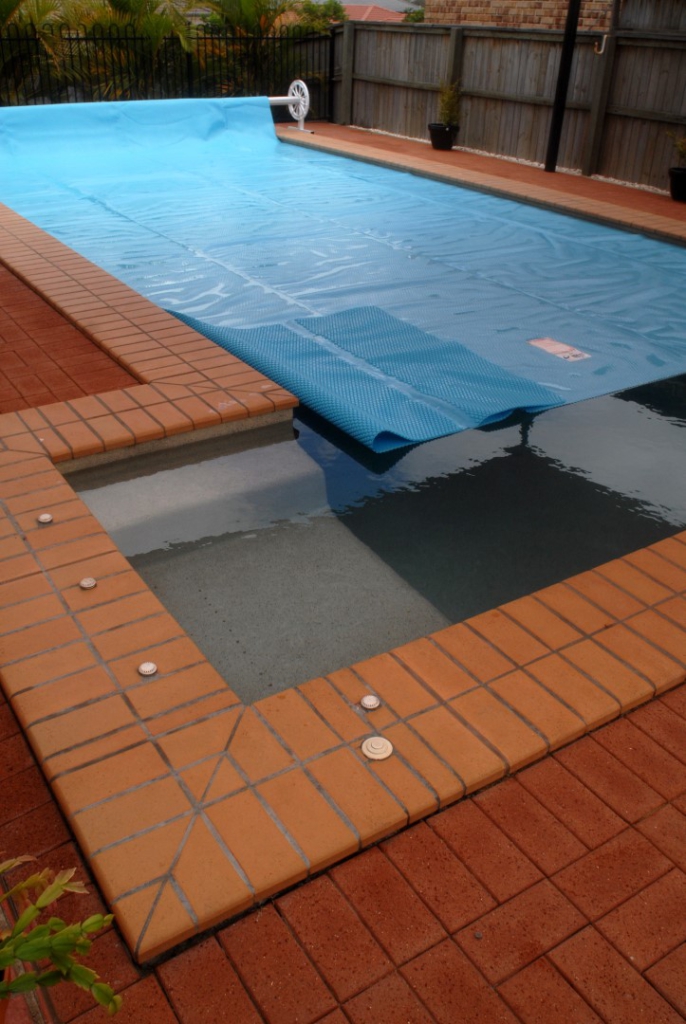Love them or hate them, there’s no denying that a pool cover can save massive amounts of water.
Just how much water they save depends on a number of factors (such as the pool surface area, the amount of wind, shade, and water/air temperatures). Anywhere between 2mm and 10mm of water every day is seen as an acceptable water loss – but this all adds up – and without rain or top-ups, a pool can easily lose its entire volume of water – every year!
The single most effective thing a pool owner can do to save water is to buy (and use) a pool cover. To be honest, it doesn’t even have to be a proper pool cover – any sort of covering will help prevent evaporation – it’s just that a pool cover will be more effective, will last longer, and will be easier to use than say – cling wrap or builders plastic.
So how does it work? It’s all about evaporation. Evaporation happens when water turns into gas (such as steam, when you boil the kettle). Obviously, your pool is not boiling like a kettle, but the theory is the same. On a hot, sunny day, the water inside your pool gets warm – here in Queensland, even an unheated pool can reach temperatures over 30 degrees in Summer. Once the sun goes down and the air temperature drops to below that of the water, evaporation will occur.
Without a cover, that water vapour will release back into the atmosphere – but with a pool cover in place, it can’t escape and stays in your pool, where it belongs. (Going back to the boiling kettle analogy – if you look under the lid of your kettle after it’s boiled, you’ll see it’s covered in steam which has turned back into water droplets).
The majority of evaporation will occur in the evening and very early morning as the sun goes down and comes back out – so this is the most important time to use your pool cover if preventing evaporation is your main priority.
There are other ways to prevent water loss to evaporation – anything that reduces the amount of wind and sun on the pool’s surface will help, so things like a shade sail over the top, trees around the fence line – adjacent buildings – they’ll all contribute to reducing evaporation. The single best thing to do though, is use a pool cover. A mesh leaf and debris style pool cover (like a Pooltex or Leafstop) will stop around 50% of evaporation, and a solar cover such as the Oasis Solar Cover range will pretty much stop evaporation completely.
ABGAL Oasis Solar Pool Covers have been independently tested and proven to stop up to 99.84% of evaporation. They are Climate Care Certified, Smart Approved WaterMark Licensed, and Water Wise accredited, complying with water-saving standards across all drought-declared Australian states and territories.

